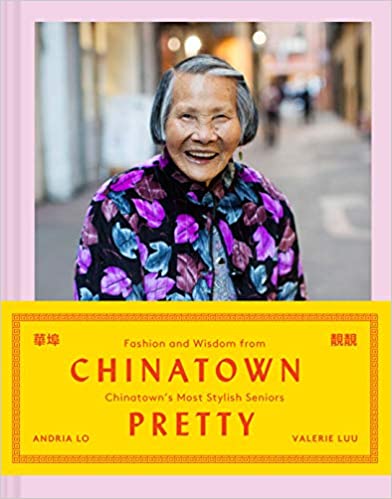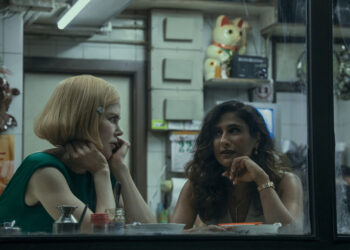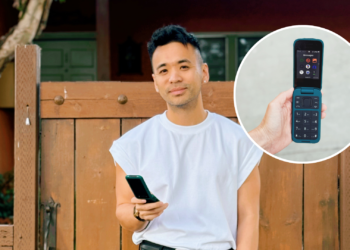This article is part of Mochi Magazine’s summer issue on Art — click here to read the rest of the issue.
A couple of weeks ago, I found myself in a San Francisco bookstore and picked up a copy of “Chinatown Pretty.” When I finally got around to reading it, I was expecting to be inspired, but I was also unexpectedly met with a new perspective on style and an admirable exploration of human connection.
The book’s writers, Valerie Luu and Andria Lo, sparked a friendship in 2009 through the San Francisco food community Together; as they shared plates of dim sum, they both would pause between bites when viewing a quirky outfit in passing. So they started documenting the outfits worn by citizens in Chinatowns in San Francisco, Oakland, Los Angeles, Chicago, and Manhattan.
“Chinatown Pretty” is the term used to describe this unique style that can be spotted in and around this specific part of a city. It is, as coined by Luu and Lo, “a delightful mix of modern and vintage, high and low, bold patterns and colors, and contemporary streetwear — like Nike sneakers or a Supreme hat — that takes the outfit to a whole new level.”
Much like Humans of New York (HONY), a project that offers “daily glimpses into the lives of strangers on the streets of New York City,” Chinatown Pretty has captured moments in time and documented them to be remembered.
What started as an ode to the style and fashion of a much-overlooked group of people, Chinatown Pretty ultimately became an intimate look into the lives of a generation with rich histories in the diaspora.
Luu and Lo write, “These outfits weave together the seniors’ diaspora: where they come from, what they did for a living, and how they made the best of their circumstances.”
Striving for survival, the feeling of lack, and the adornment of hand-me-downs from others are passed on through immigrant families, creating a common shared experience many can relate to. Through generations that have…
Read the full article here





